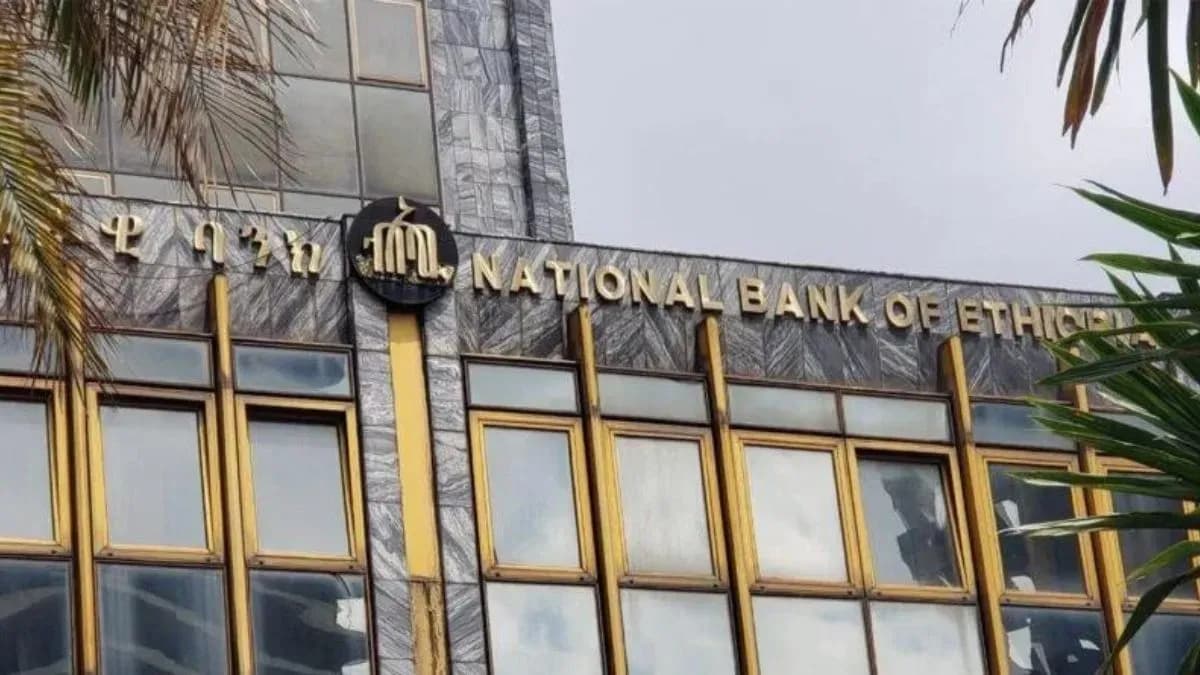Progress for 0 ad
Progress for 1 ad
Progress for 2 ad
Progress for 3 ad


Munir Shemsu
Addis Ababa, Ethiopia

Ethiopia’s central bank has proposed amendments to commercial banks' reserve requirements through a draft directive open for public consultation throughout the next month. The National Bank of Ethiopia (NBE) has proposed a simpler architecture that merges the reserve account with the payment and settlement account held separately under the previous ordinance. Through the second iteration of the directive in the past three years, NBE also looks to introduce more detailed and structured requirements for reserve maintenance, reporting, and penalties.
Banks will be required to meet specific reporting deadlines including a monthly reserve base report and a statutory reserve requirement report. Furthermore, Ethiopia’s commercial banks that had to maintain an average reserve ratio of 7% of their deposit liabilities (Birr and foreign currency) every calendar month might now have to meet a minimum daily reserve balance of 5% of their reserve base throughout the reserve maintenance period. At the end of June 2024 , deposits by commercial banks at the NBE had risen by 12.1% from the previous quarter to reach around 215 billion birr as reserve money in the economy contracted by 1.1% year on year to around 473 billion birr.
Reserve requirements are one of the major instruments used by central banks worldwide in their attempt to bring about financial stability. When a central bank raises reserve requirements, banks must hold a larger portion of their deposits as reserves, which means they have less money to lend out, leading to a decrease in loan creation and reduced system liquidity. Ethiopia’s central bank has embraced tight economic policy options over the past few years in a bid to pull back double-digit inflation rates which have cooled to around 17% according to official figures.
NBE’s freshly proposed amendments also clearly define concepts like reserve maintenance period which had been nested into weekly and monthly reporting requirements under current practices. The first Thursday in the month after the reserve base is calculated will be the start of the reserve maintenance period ending on the first Wednesday of the subsequent month. By the end of the period, banks must maintain an average reserve of 7% of the previous month’s average daily reserve base. The reserve base includes all forms of domestic and foreign currency deposit liabilities (demand/current, saving, and time deposits. Total deposits in Ethiopia’s commercial banking industry had reached 2.5 trillion birr at the end of the last fiscal year with savings accounting for nearly 60% of the figure.
Another key proposition under the draft directive is the calculation of penalties for reserve deficiencies which used to be based on the maximum lending interest rate charged by the bank breaching the requirement, multiplied by the number of days in violation. However, banks will now be charged based on a rate three percent higher than NBE’s Standing Lending Facility rate multiplied by the number of days found in reserve deficiency. The failure to submit timely reports will entail an additional charge of 20,000 birr for every day past the deadline. Daily average reserve base will be calculated on a monthly basis indicating a major shift from the practice of calculating reserve requirements predicated on the net deposit balance at the end of each reporting week.
NBE’s proposed revisions to the bank reserve requirements were accompanied by four other directives related to the insurance industry and one about opening bank branches in special economic zones.
👏
😂
❤️
😲
😠

Munir Shemsu
Munir S. Mohammed is a journalist, writer, and researcher based in Ethiopia. He has a background in Economics and his interest's span technology, education, finance, and capital markets. Munir is currently the Editor-in-Chief at Shega Media and a contributor to the Shega Insights team.
Your Email Address Will Not Be Published. Required Fields Are Marked *